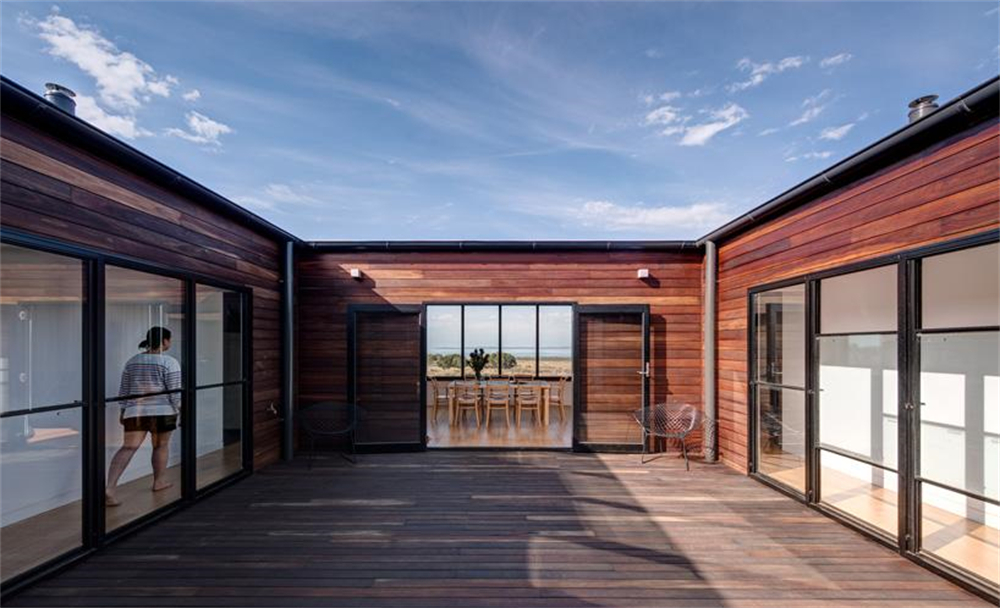Chinese prefabricated houses to ease housing pressure in Australia. With housing in Victoria in short supply, the government plans to introduce prefabricated houses to ease housing pressure. The rapid development of the prefabricated housing industry, especially the close co-operation with China, could be the key to solving Australia’s housing problem. However, quality control and market acceptance remain challenges.
The number of new housing units built in Victoria has been declining over the past few years, with only 51,462 new units built in the year to the end of March 2024, a ten-year low. The Real Estate Council of Australia is concerned and feels that they have fallen far behind the targets they originally set. According to the plan, they are going to build 800,000 suites over the next ten years, and by 2051 they are going to build over 2 million. The bigger plan is that from 2024 to 2029, Australia wants to build 1.2 million new homes, which means that they will have to build 60,000 homes every quarter, but looking at the figures for the first quarter of this year, only 41,329 homes were actually completed, which is quite a bit short of the target.
The head of the Real Estate Board of Australia, Matthew Candelaers, says that the housing system is complex with many problems, with taxes, high costs of building materials and land, and the fact that the development approval process is cumbersome. He feels that Australia’s housing affordability problem is still largely due to the lack of supply of new housing.
More and more people are talking about prefabricated houses and organisations like prefabAus Australia also feel that the new agreement and the manufacturing scheme presents an opportunity for prefabricated houses. The Minister for Construction had also earlier agreed to simplify building codes, which would allow for greater use of prefabricated homes and modular technology. The prefabricated house industry in Australia is growing rapidly and they have also started importing prefabricated materials from places like China and Vietnam. Local builder Bibo Build is already assembling ‘Lego-style’ prefabricated houses from Chinese materials, and is overseeing the entire production process to ensure compliance with Australian standards. Despite market resistance to Asian prefabricated products, many buildings are in fact already using imported prefabs.
Prefabricated houses are becoming more widely used in Australia, and have especially surged in co-operation with China. Prefabricated houses not only save time and cost, but also effectively solve the problem of housing shortage. However, the quality control and market acceptance of prefabricated houses is still a big problem. On the one hand, although prefabricated houses can provide a large number of housing in a short time and solve the current contradiction between supply and demand, but if the quality is not up to standard, it will bring more trouble. On the other hand, consumer acceptance of prefabricated houses is still low, and many people have doubts about the quality of imported materials. The Australian government and enterprises need to further strengthen quality control to ensure that all materials meet the standards, as well as more market publicity and education, so that more people can understand and accept the advantages of prefabricated houses.
Post time: Aug-22-2024

